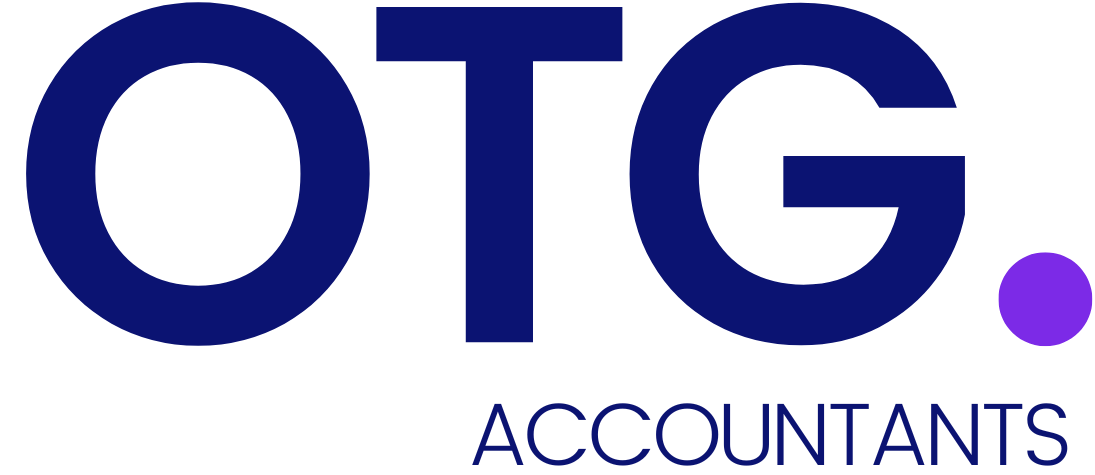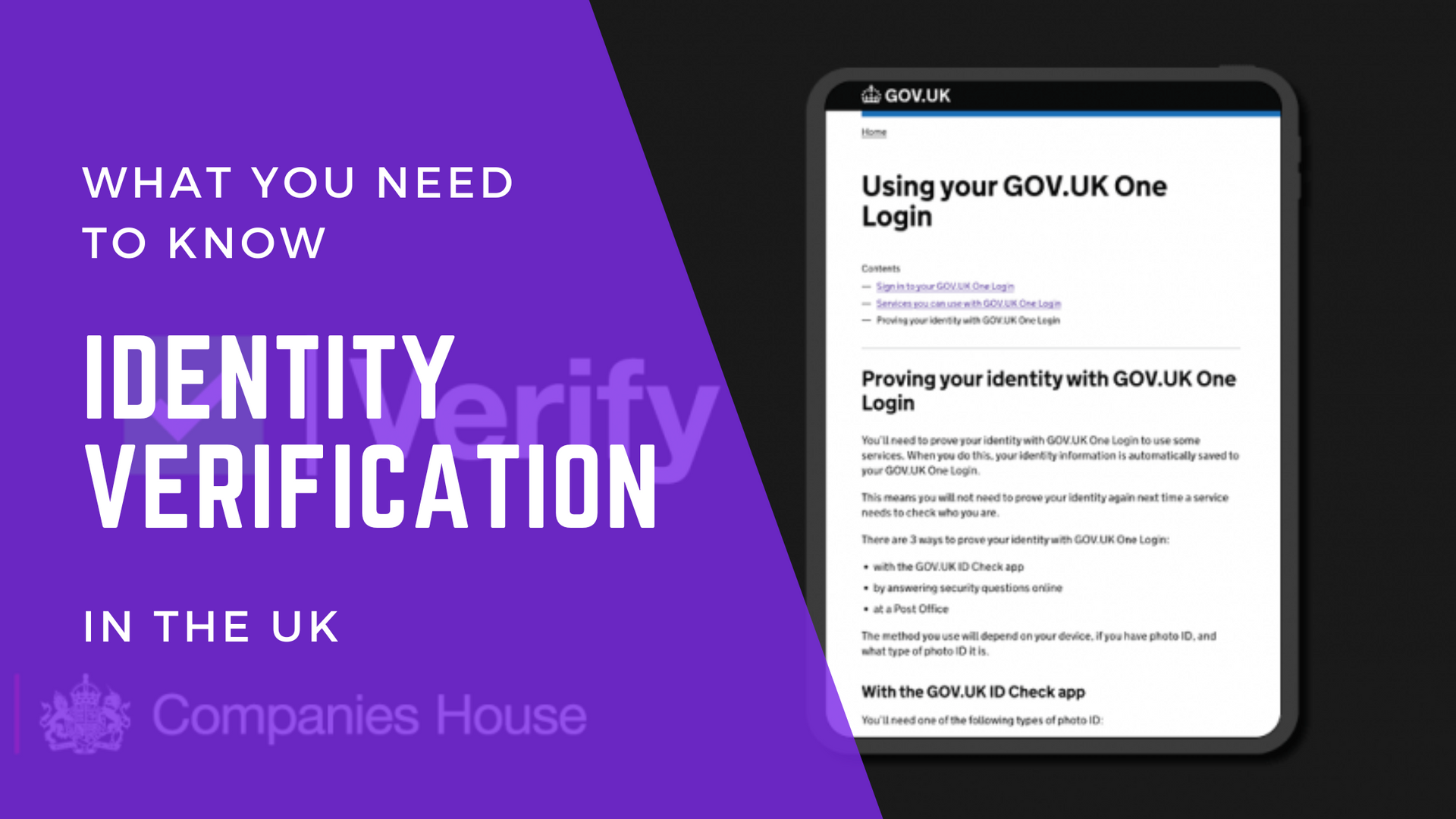How to write a tech startup business plan
Why should you write a tech startup business plan? Surely it would be better to focus your efforts into
getting your business up and running rather than spending time on paperwork?
Although many business owners only think about writing a business plan when they are seeking funding, having a clearly articulated plan can help you to grow your business more quickly, focus limited resources in the right areas to achieve your targets and of course, attract the right people to help you, whether
potential investors, collaborators or employees.
So how do you write a tech startup business plan?
There are 8 key areas to address with your tech startup business plan:
- Executive Summary
- Business Opportunity
- Market Research
- Company Description
- Product/Service Overview
- Sales and Marketing
- Financials
- The ask
Writing a business plan can be time-consuming and especially in the fast-paced world of technology, it can quickly go out of date. That’s why it’s a good idea to write a concise tech startup business plan so that you can keep it current without it being a huge effort when things change. Additionally, your investors are busy people who are unlikely to have time to read hundreds of pages of a business plan. However, that does not mean that you should scrimp on substance. Your plan needs to contain sufficient detail to give your potential investors confidence in your strategies.
The Executive Summary
This section is vital to help position your company and products in the marketplace and as an attractive option for investors. This section should be short and written as a summary of the detailed report which is why you write it last.
It should include the answers to the following questions, ideally in no more than a couple of sides of A4.
- What product or service are you selling?
- What problem is your product/service going to address?
- What solution will your business provide?
- Who will your customers be?
- How is your product/service better than others on the market?
- What are your company objectives for the next few years?
- What are the financials associated with those objectives – expected sales and profits.
- What is the funding requirement and what exactly will the money be used for?
The Business Opportunity
This is a deeper dive into the problem you are solving, for whom and how. In this section, you need to explain the existing problem your tech start up is targeting. You must identify who currently experiences this problem and outline your proposed solution to the problem in a business opportunity statement so that potential investors can quickly see whether your company is offering something that they can support wholeheartedly. Your investors need to believe in your product as a vital solution to a clear and present issue and one that is better than existing marketed options.
Market Research
This section is where you demonstrate how you have identified that your solution can solve a real-life problem and the potential size of your market share. There’s no point filling a gap in the market if there’s no market in the gap. Make sure you do thorough market research before spending too much money on prototyping or creating an MVP (minimum viable product). Although you may think your idea is great, if it’s solving a non-issue, then you won’t be able to sell it. Figures from CB Insights show that 35% of startups fail because there simply wasn’t a need for the product.
Company Description
This section is usually short and gives an overview of what the company does, for whom and how in a succinct sentence or two. It should also provide organisational information about the management and team structure showing who is responsible for what activities. Don’t forget to include the company vision and mission statements.
Product/Service Overview
In this section, be sure to include specific details on the features and benefits of your product/service and how exactly it will solve your customers’ problems or meet their desires. Highlight your USP and indicate what will set you apart from your competitors, making you an attractive investment opportunity.
Sales and Marketing
Provide your plans for how you will market your product and close your sales deals. Identify your planned sales channels e.g., e-commerce website and explain your marketing strategies, e.g. website, PPC advertising, email marketing and so on.
Financials
Having solid justifiable sales forecasts and profit projections is a must have for any potential investor. There needs to be clarity around how the figures have been pulled together and the projections should show a range from pessimistic to realistic to optimistic. You should aim to provide monthly sales forecast figures for the first year and annual or quarterly figures for the next 3-4 years showing the growth you expect to achieve.
You will also need your balance sheet showing your assets and liabilities, your cashflow statement to prove that your business can stay afloat and an estimate of when you will breakeven and start to turn a profit.
The ask
If you are writing your business plan to get funding, then be clear about what you need from a potential investor. State your funding requirements and what exactly you plan to do with the capital you raise. You must also include how you plan to pay back the capital and deliver on the investor’s profit expectations for the investment.
Getting support with your tech startup
We are often asked if tech startups need an accountant from the very beginning and of course, the answer is no; you can do your own accounts if you choose. However, employing an accountant to help with a tech startup should be seen as an investment rather than a cost. Your accountant will be aware of grants and reliefs that are only available to certain types of business or spend categories such as R&D and it’s very likely they will save you far more in taxes then it will cost you to hire them. In addition, if you hire an accountant from the beginning, you will set your finances and company structure up correctly from the get-go thus saving you time, money and frustration later on.
OnTheGo Accountants can provide impartial feedback and support with the preparation of financial forecasts to ensure that you provide all the information required to get your investors as excited about your product as you are. Naturally we also provide everything from the data entry through to specialist tax and risk management consultancy. We have a
range of
accountancy packages to suit every business, so contact us today to explore your options.
Call 03330 067 123 or email info@onthegoaccountants.co.uk.





